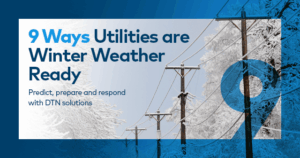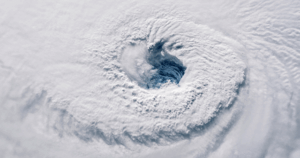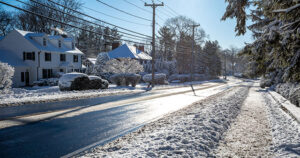The Truth About Tornadoes
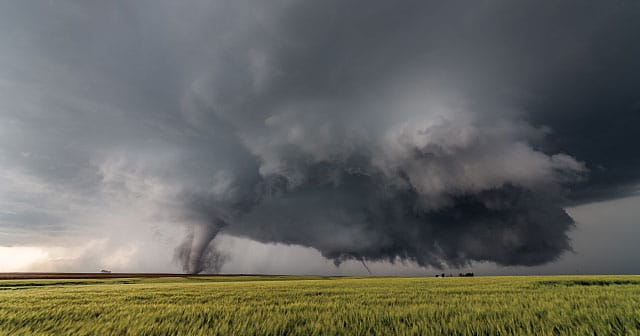
When you think of tornadoes, your mind might automatically picture Dorothy in the Wizard of Oz experiencing a devastating storm in rural Kansas. However, tornadoes vary in location as much as they do in size and intensity.
For example, yesterday across Oklahoma – in the heart of Tornado Alley – numerous tornadoes were spotted across the state. While many remained in unpopulated areas, a few did damage homes and businesses. And today, more severe weather is expected.
While Tornado Alley, an area of the Great Plains where tornadoes are most common, is the most tornado-prone region in the world, the meteorological recipe that creates them is not unique to the United States. In fact, every continent on Earth, with the exception of Antarctica, has experienced tornadoes.
But what makes Tornado Alley special? Why do we see more tornadoes happening there than any other part of the world? One part of the answer is the dry line, the boundary sharply separating dry and moist air. With assistance from upper air systems and forcing which leads to instability, nearly 1,200 tornadoes occur on average each year. And this number is growing, affecting businesses and residents alike.
Most tornadoes occur between 3 p.m. and 9 p.m. during the spring and summer and are only on the ground for five minutes on average. While this seems like a short period of time per tornado, it is estimated that tornadoes can cost U.S. residents $10 billion in the span of just one year. In Europe and Africa, tornadoes are similar in timing, but are weaker in general and cause less destruction.
Weather services can predict and detect tornadic activity, but it pays to be prepared long before the skies turned hazardous. Disaster and risk planning are critical for preparing for increased hazards and the associated costs of severe weather. If weather planning is at the forefront of government and businesses’ minds when planning events or building additional infrastructure, the rise in both life and property losses can be mitigated.
Severe weather is nothing new, and using existing tools can help you determine the probability of weather events and the associated risks and costs. Ultimately, planning ahead and having the right tools can help reduce losses and the overall impact of severe weather.









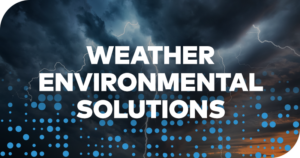

 Comprehensive weather insights help safeguard your operations and drive confident decisions to make everyday mining operations as safe and efficient as possible.
Comprehensive weather insights help safeguard your operations and drive confident decisions to make everyday mining operations as safe and efficient as possible.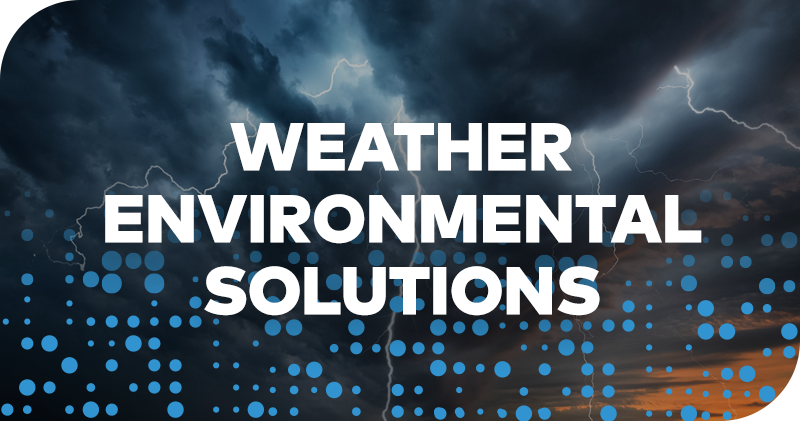 Learn how to optimize operations with credible weather and environmental intelligence. From aviation safety to environmental compliance, our comprehensive suite of solutions delivers real-time insights, advanced forecasting, and precise monitoring capabilities.
Learn how to optimize operations with credible weather and environmental intelligence. From aviation safety to environmental compliance, our comprehensive suite of solutions delivers real-time insights, advanced forecasting, and precise monitoring capabilities. 